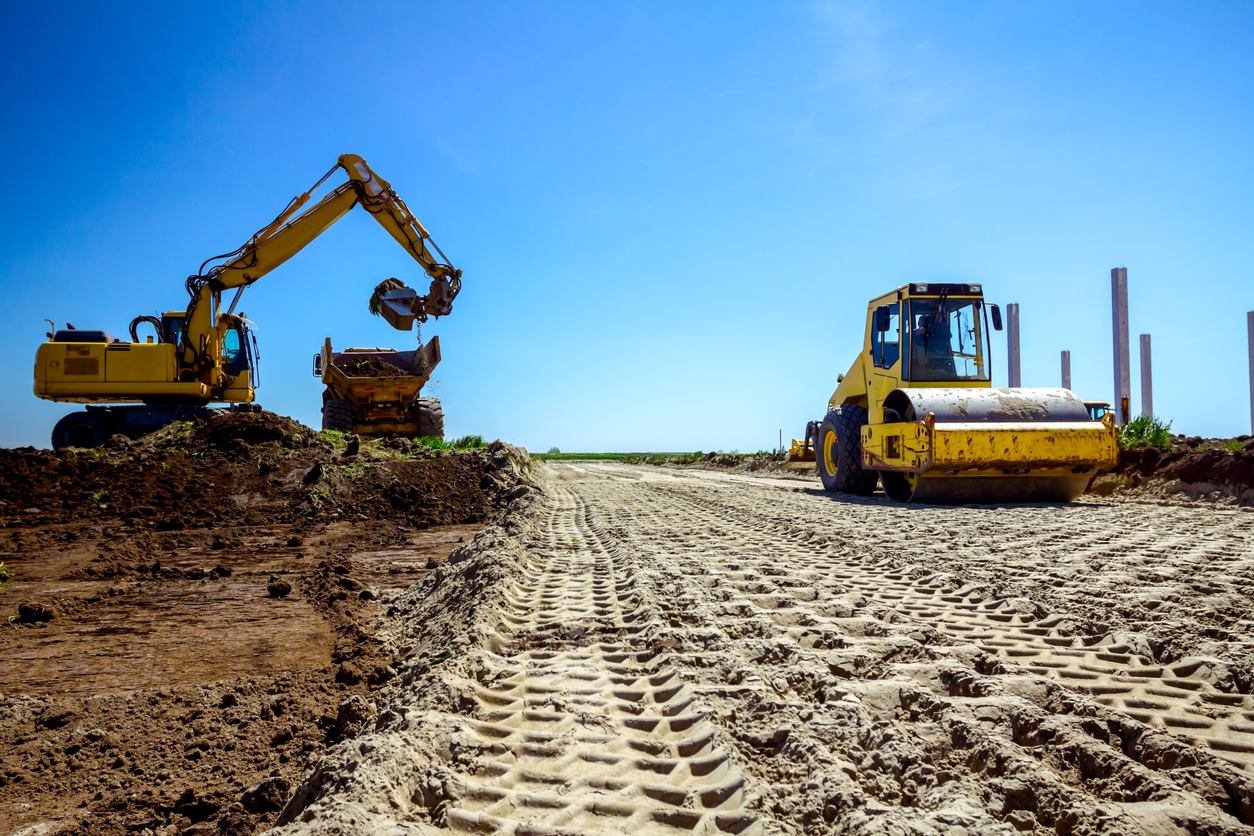Renting Vs. Buying Construction Devices: Making the Right Selection for Your Task
When getting started on a construction project, among the essential decisions that forecast supervisors and stakeholders encounter is whether to lease or get building tools. Both choices have their advantages and drawbacks, making the choice a critical one in the project planning procedure. The choice rests on numerous variables such as cost considerations, task duration, tools maintenance, risk, adaptability, and scalability management. Each aspect plays an essential duty in establishing the most ideal course for the task's tools demands. scissor lift rental. Let's discover these elements further to understand how they influence the decision-making process and ultimately the success of the project.
Expense Considerations
Renting out tools typically needs reduced first settlements compared to acquiring, making it an appealing option for short-term tasks or contractors with budget restraints. In the long run, continually renting devices can gather greater expenses than buying, especially for extensive tasks.
On the other hand, acquiring building and construction tools involves greater upfront costs yet can result in long-term financial savings, particularly for long-lasting jobs or regular individuals. Ultimately, the choice in between leasing and getting construction tools hinges on the project's duration, regularity of usage, spending plan factors to consider, and lasting economic objectives.
Task Period

On the other hand, for lasting tasks or ongoing building and construction work, purchasing tools might be the much more economical alternative. Acquiring equipment can cause set you back financial savings over time, particularly if the tools will be often made use of. In addition, owning equipment provides a sense of control over its availability and permits customization to fit details task needs.

Tools Upkeep
Provided the critical function project duration plays in establishing the most cost-effective technique in between leasing and acquiring building and construction equipment, the focus now moves towards examining the crucial facet of equipment maintenance. Correct upkeep is critical for guaranteeing the optimal performance and long life of building equipment. Leasing tools frequently comes with the advantage of having properly maintained machinery supplied by the rental company. This can reduce the worry of maintenance jobs from the task owner or service provider, conserving effort and time. On the other hand, possessing devices needs an aggressive approach to upkeep to protect against failures, guarantee safety and security, and expand the tools's life-span. Routine assessments, servicing, and prompt repair work are needed to maintain owned devices in top working problem. Factor in upkeep prices when making a decision between buying and renting, as ignoring maintenance can lead to expensive fixings, downtime, and task hold-ups. Eventually, a well-maintained construction equipment fleet, whether rented or had, is essential for the effective and effective conclusion of building projects.
Flexibility and Scalability
In the world of building equipment administration, the facet of adaptability and scalability holds significant relevance for task performance and resource application. Choosing to rent building devices gives a high degree of versatility as it permits the quick change of devices kinds and amounts based on the progressing requirements of a task. Renting out allows contractors to access a vast array of specific devices that may be needed for specific jobs without the lasting commitment of ownership. This adaptability is particularly beneficial for tasks with differing demands or unpredictable durations (scissor lift rental).
In addition, scalability, one more critical element, is inherently connected to flexibility. Renting building devices offers the advantage of conveniently scaling operations up or down you can try this out as project demands rise and fall. Professionals can rapidly exchange or add tools to match the job's changing requirements without the constraints of possessing properties that may come to be underutilized or obsolete. This capacity to range sources efficiently can result in expense savings and improved task timelines, making renting a beneficial choice for projects requiring adaptability and receptive source allocation.
Threat Administration
Efficient danger administration in building devices operations is critical to guaranteeing project success and mitigating possible financial losses. Construction tasks naturally include different threats, such as equipment breakdowns, crashes, and project hold-ups, which can substantially impact the job timeline and budget plan. By meticulously considering the dangers associated with owning or renting out building equipment, job managers can make enlightened decisions to minimize these potential risks.
Renting building tools can provide a degree of risk mitigation by transferring the responsibility of repair and maintenance to the rental business. This can decrease the economic worry on the job owner in instance of unanticipated tools failures (construction equipment rentals). In addition, renting gives the adaptability to accessibility customized tools for certain task phases, lowering the danger of owning underutilized equipment
On the various other hand, having building and construction devices supplies a sense of control over its use and upkeep. However, this additionally suggests birthing the check my reference complete responsibility for repair work, upkeep prices, and devaluation, boosting the monetary threats linked with tools possession. Cautious danger analysis and factor to consider of factors such as task period, tools application, and maintenance needs are crucial in identifying one of the most suitable alternative for efficient danger management in building jobs.
Final Thought
In conclusion, when choosing between renting and buying construction devices, it is necessary to take into consideration cost, project duration, devices maintenance, risk, adaptability, and scalability monitoring. Each factor plays an essential role in figuring out one of the most appropriate option for the job at hand. By very carefully reviewing these aspects, job supervisors can make an educated choice that straightens with their spending plan, timeline, and overall job goals.
:max_bytes(150000):strip_icc()/Balance_Must_Have_Earth_Moving_Construction_Heavy_Equipment_844586-c5b6ac9e5c074c11ad41e9acaea8f099.png)